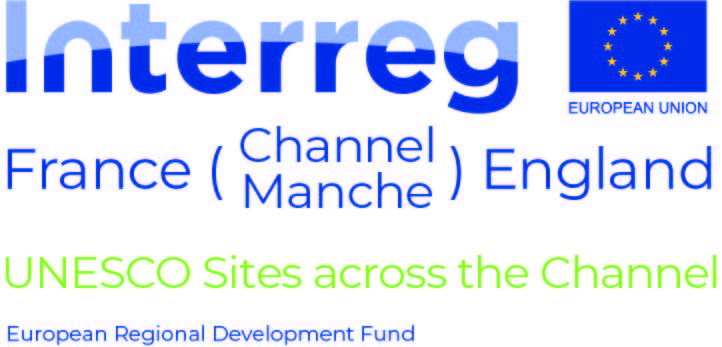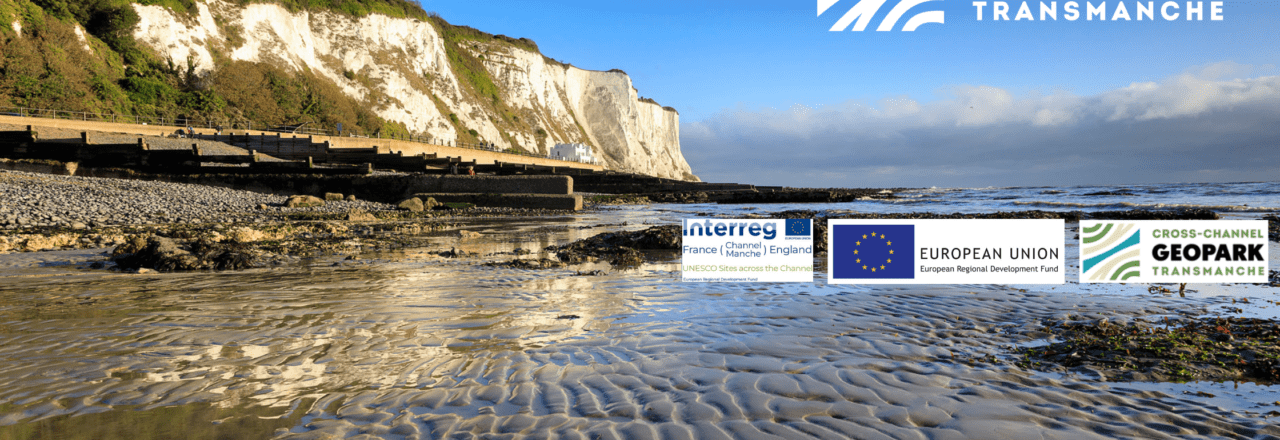The Cross-Channel Geopark activity has been developed as part of the UNESCO Sites Across the Channel Project. This project has been funded by The European Union Regional Development Fund, Interreg Channel Programme.
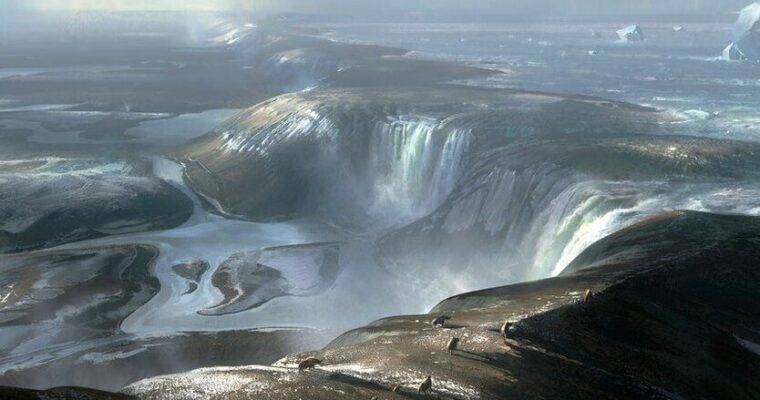
The Heritage Beneath our Feet
Hundreds of thousands of years ago a catastrophic flood swept away the chalk ridge connecting Dover and Calais, carving out the white cliffs of Dover and starting Britain’s history as an island.
Did you know the Kent and French coasts are actually still connected today by the layer of chalk which runs below the Channel?
This chalk continues from the white cliffs of Dover towards London and is the foundation of much that is beautiful in the Kent Downs.
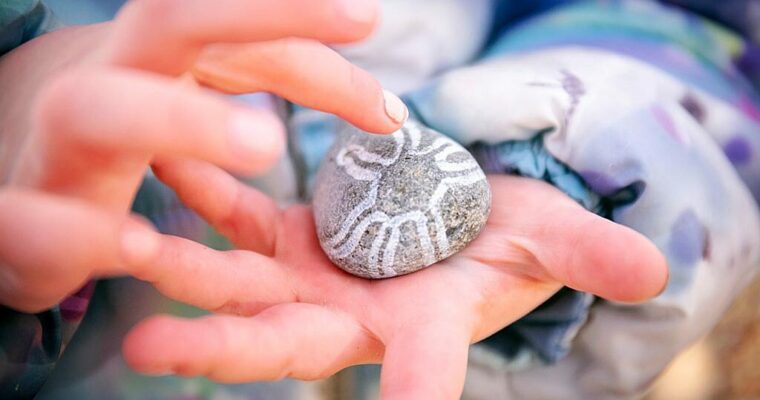
Celebration of the Chalk and the Channel
In celebration of the chalk and the channel, we are working to secure Cross-Channel UNESCO Global Geopark status for the Kent Downs National Landscape together with our neighbouring protected landscape in France; the Parc Naturel Regional des Caps et Marais d’Opale.
The Geopark will include both the protected landscapes and the Channel connecting them, recognising and celebrating the geological connection between us.
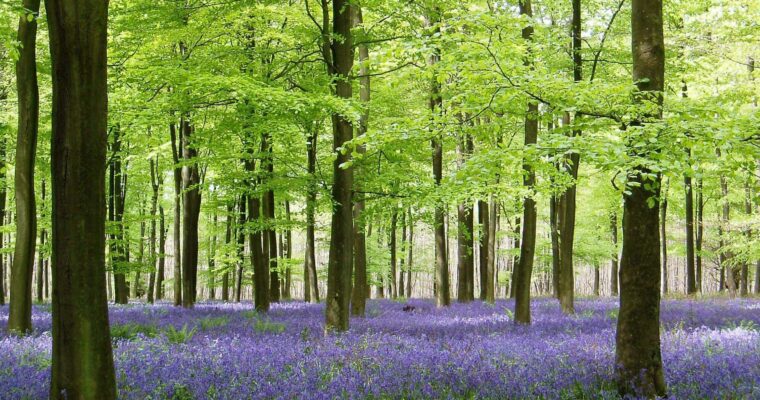
Geodiversity: Biodiversity’s Silent Partner
Geodiversity is all around you. In the Kent Downs it’s in the soaring chalk cliffs and the intimate microhabitats of rockpools. It’s the foundation of ancient bluebell woods, farmland, wildflower-rich chalk grassland, farmland and vineyards, the expansive rolling views, and the chalk aquifer supplying most of our drinking water.
It all starts with what is under our feet from millions of years ago.
‘Geodiversity is all around you. It is all the parts of nature that aren’t alive; including everything from minerals and fossils, to soils and spectacular landscapes.’
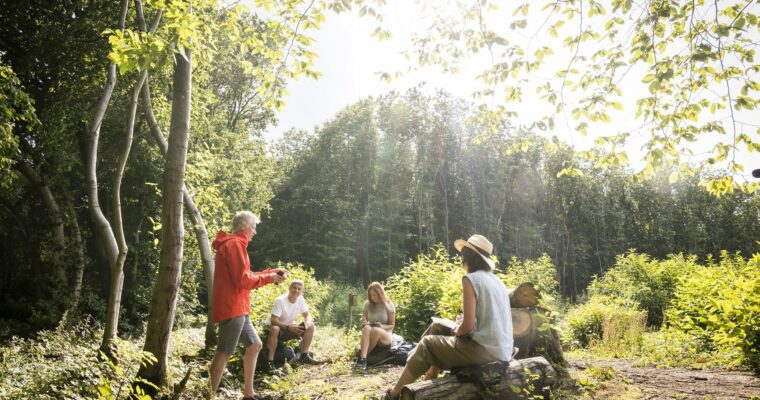
Your Geopark: A boost for Sustainable Tourism in Kent
The UNESCO brand brings sustainable tourism benefits as well as developing local pride in our incredible area. It builds on the Kent Heritage Coast’s incredible accolade of Lonely Planet #4 Best in Travel 2022.
Geodiversity is a hugely underdeveloped angle in terms of sustainable tourism and our understanding of our environment. There is lots of potential to develop new nature-based experiences to benefit local communities and economies for example nature walks, geocaching, and farm stays.
As well as a sustainable tourism boost, UNESCO designation is also about peace and bringing together local communities.
Geodiversity is an intrinsic part of humanity’s relationship with nature. It impacts most areas of society and is essential to the implementation of UN’s 17 sustainable development goals.
A Cross-Border Geopark

The proposed Geopark will comprise both terrestrial areas and the marine area connecting the two protected landscapes, recognising, and celebrating the geological connection between us.
The Geopark is centred around the coastal and inland Chalk which is exemplified by the landscapes of white cliffs of both coastlines, the chalk hills of the Kent Downs and the Parc Naturel Regional and, of course, the seascape that connects us.
It will be the only cross-border UNESCO Global Geopark not connected by a land boundary.
Watch the video
The Stories of Rocks, the Megaflood, and Early Human Life
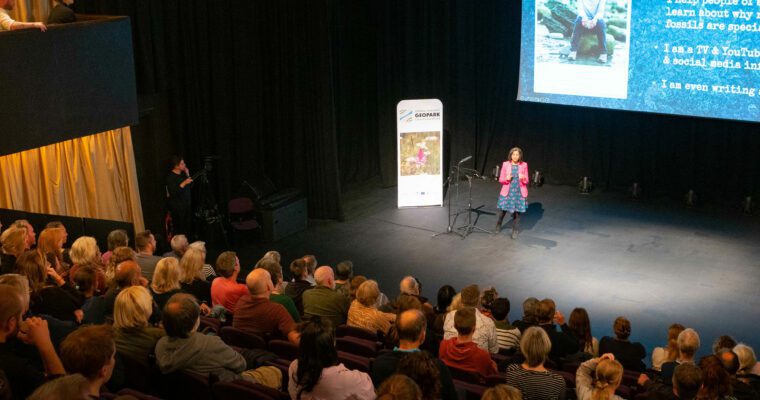
SALT + EARTH Festival: Dr Anjana Khatwa
Earth Scientist and Presenter Dr Anjana Khatwa, aka Jurassic Girl, describes herself as a Time Traveller using clues locked away in rocks, fossils and landscapes to reveal the hidden mysteries and stories about ancient life on earth.
Anjana’s work helps to understand how our planet evolved, changed and survived over 4.6 billion years and how this knowledge can help us prepare for an uncertain future. She weaves her identity as a South Asian woman proudly into her work, bringing an informed and intelligent richness to narratives about deep time, landscapes and natural history.
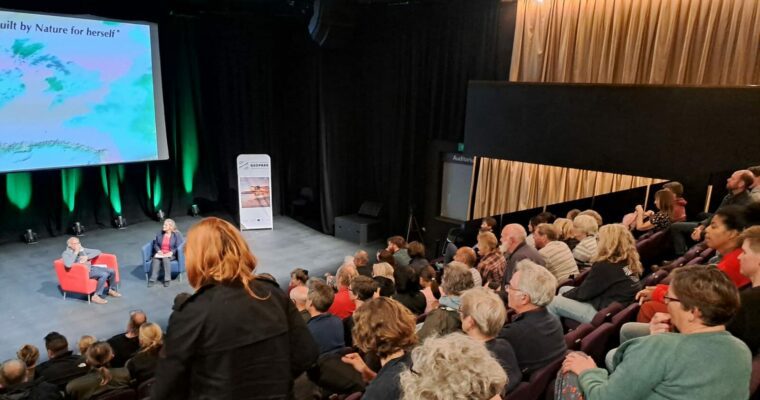
SALT + EARTH Festival: Sanjeev Gupta – Megaflood
Sanjeev Gupta and Jenny Collier from Imperial College London together with French and Belgian scientists have discovered the remarkable evidence that a huge megaflood or series of megafloods was responsible for the destruction of the chalk ridge connecting England and France. They analysed a hidden series of massive valleys on the floor of the English Channel – vast gouges in bedrock 50 metres deep and tens of kilometres wide.
These valleys were first noticed by geologists in the 1970s studying routes for the Channel Tunnel beneath the Dover Strait but until now, no one really knew what caused them. The international research team decided to find out with the help of modern technology. They used high-resolution geophysical data to create maps of The Channel floor and subsurface and found that this hidden world was remarkably well preserved.
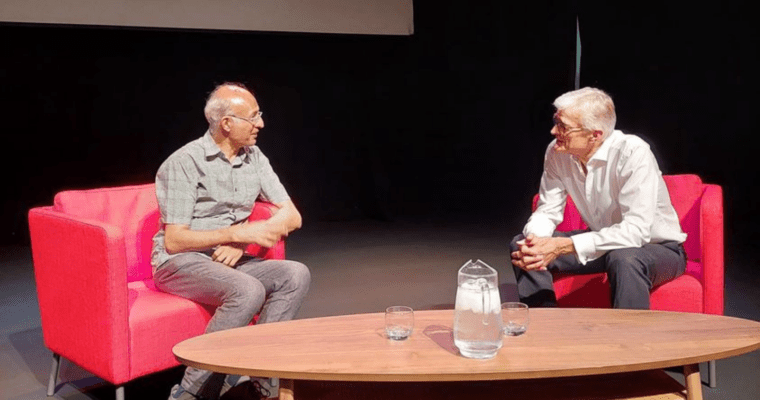
SALT + EARTH Festival: An Audience with Nicholas Crane
Geographer, explorer, journalist, broadcaster and writer, Nicholas Crane reveals the human stories told by the Channel and its pair of mirrored landscapes: the Kent Downs National Landscape and the Caps et Marais d’Opale Regional Natural Park in France.
Nicholas Crane is the author of Clear Waters Rising, Two Degrees West, Mercator, presenter of BBC’s Coast, The Making of the British Landscape, Why Geography Matters, Latitude and more.
Tell us about your favourite places in the Kent Downs
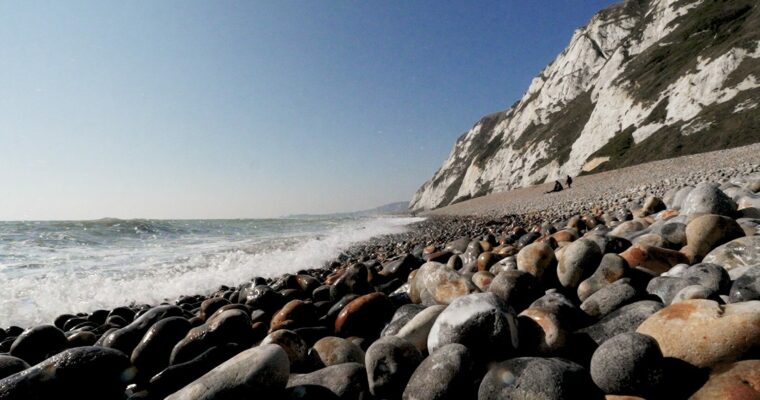
We would love to hear about the places that are special to you in the Kent Downs. Your stories will help us shape our UNESCO application.
If someone came to visit, where is the one place in the Kent Downs you would take them? It might be the place you go to find the best fossils, or the spot on your favourite dog walk with incredible views of the Downs.
It doesn’t have to be the biggest or best site, it can be somewhere that you personally value that isn’t so well-known. A building in your town or village with a fascinating history, a tranquil dry valley hidden away down a country lane, the disused quarry where you used to hang out as a kid.
What's a UNESCO Global Geopark?
UNESCO Global Geoparks are single, unified geographical areas where sites and landscapes of international geological significance are managed with a holistic concept of protection, education and sustainable development. They adopt a bottom-up approach of combining conservation with sustainable development while involving local communities. At present, there are 177 UNESCO Global Geoparks in 46 countries and the list is growing, The Cross-Channel Geopark will be applying for UNESCO status in late 2024 and will be the first Global Geopark connected by a marine area.
Geopark Ambassadors
We are building a network of Geopark Ambassadors who are committed to respecting the environment, to sustainable tourism, and the development of the local economy.
Anyone can be a Geopark Ambassador – find out more.
Education Resources
The Cross-Channel Geopark is for everyone, and we want to encourage people of all ages to discover geology, explore the beautiful landscape, connect with nature and take positive action to protect it for the future. Our Geopark Education Resources are designed to help individuals, teachers, home schoolers and lifelong learners understand and value the geodiversity, biodiversity and cultural stories of the Cross-Channel Geopark.
Discover our Geopark Education Resources

